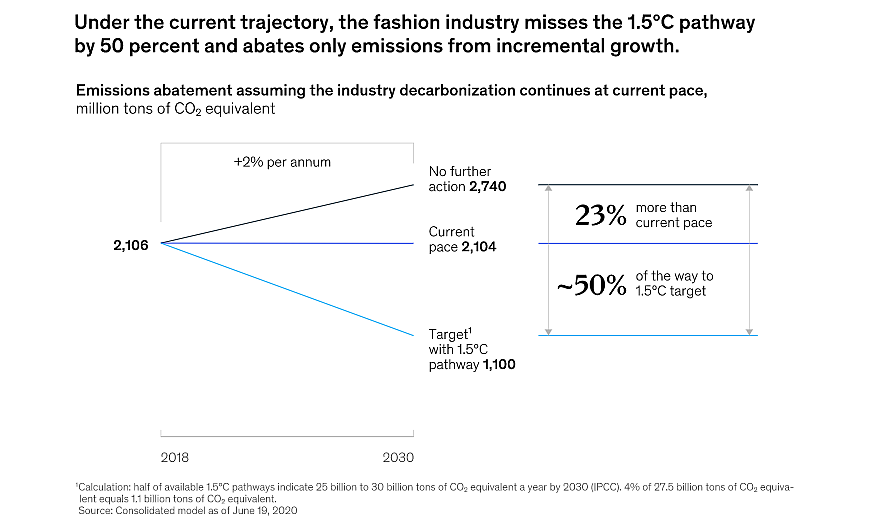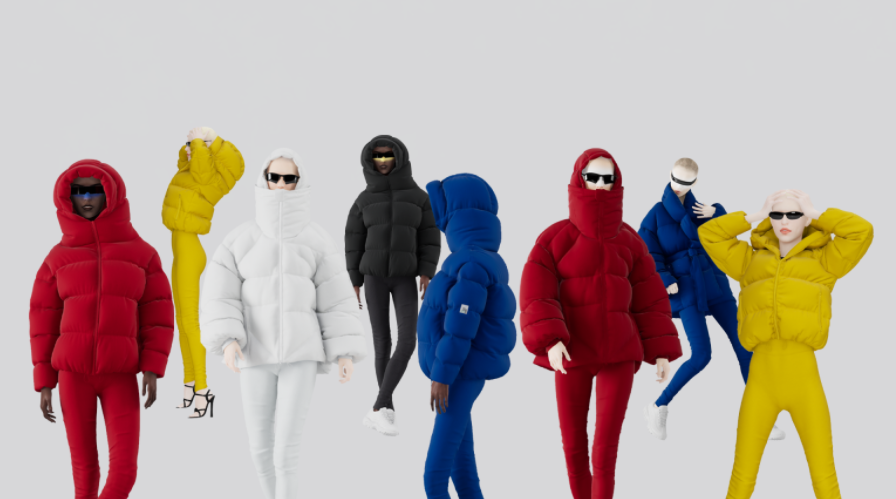According to Mckinsey study, the global fashion sector, primarily the garment and footwear industry, emitted more greenhouse gases than France, Germany, and the United Kingdom combined in 2018, roughly 2.1 billion tonnes of CO2 emissions – approximately four percent of total world emissions.

Furthermore, this industry accounts for 10% of yearly worldwide carbon emissions, which is more than all international flights and marine transport combined. At this rate, the fashion industry’s greenhouse gas emissions would have increased by more than 50% by 2030.
Because of the staggering negative impact of the industry on our environment, the journey of a fashion product through its lifecycle – design, material, production and treatment, packaging, supply chain, and retail – is being scrutinized for sustainability.

To address these sustainability issues, many ethical businesses are using virtual 3D samples instead of manufacturing them, which not only cuts production costs but also decreases the carbon footprint and speeds up the entire process.
Similarly, jewellery companies are adopting lab-grown diamonds to avoid the unsustainable methods connected with conventional diamond mining, such as water pollution, land disturbance, and unethical labour exploitation.
Another sustainable fabric production approach is the use of plant-based dyes as an alternative to chemical and lead-petroleum-based goods.

Virtual Reality (VR) is another option to increase fashion sustainability, decreasing pressure on real retailers and delaying the fast-fashion trend. These steps will support and develop a sustainable mindset towards the industry while also focusing on profits.
Reference- The Guardian, Business Of Fashion Magazine, Vogue, BBC Earth, PC Quest






